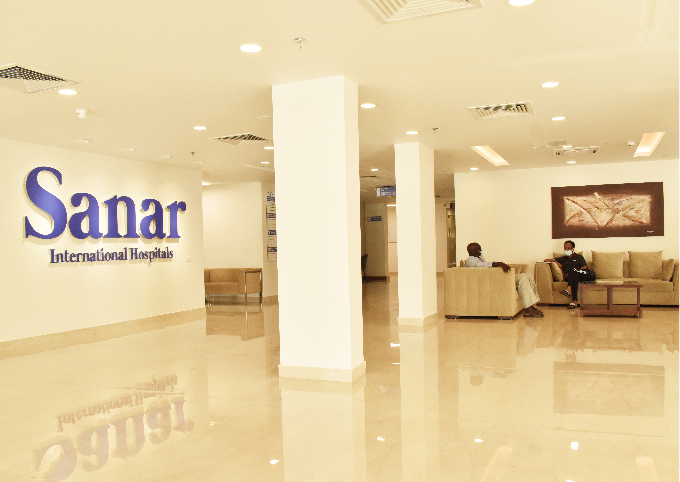Procedure Type
surgicalProcedure Duration
30min-1hrsHospital Stay (Days)
1 DaysPatients who undergo OIU usually suffer from lower urinary tract issues such as a slow or interrupted stream, straining during urination, frequent urges to urinate, or a sensation of incomplete bladder emptying. In more severe cases, they may be completely unable to pass urine, requiring emergency intervention. When these symptoms are linked to a stricture, OIU becomes a safe and effective treatment option.
Before proceeding with OIU, urologists perform essential diagnostic tests to confirm the location, length, and severity of the urethral stricture. These tests include retrograde urethrogram (RGU), voiding cystourethrogram (VCUG), or cystoscopy. These assessments help in customizing the surgical plan and avoiding unnecessary risks during the operation.
During the OIU procedure, the patient is placed under anesthesia, and a thin endoscopic instrument is introduced through the urethra. This instrument provides real-time video imaging, allowing the surgeon to locate the narrowing. A small, sharp blade is used to make a controlled incision in the stricture, effectively reopening the urethral passage. The operation typically takes less than an hour and requires no external cuts.

Associate Chief Urology & kidney transplant & Robotic Surgery

Senoir Consultant - Renal Sciences, Urology

Chief - Urology, Kidney Transplant Program & Robotic Surgery (Unit II)
Following the surgery, a urinary catheter is kept in place for a few days to support healing and ensure unobstructed urine flow. During recovery, patients may notice mild burning, pinkish urine, or temporary urgency to urinate—symptoms that generally fade within a week. Good hydration and rest are encouraged during the healing period.
OIU is often successful, especially in first-time, short-segment strictures. However, in some patients, the scar tissue may return over time, requiring repeat procedures or more complex treatments. Regular follow-ups and monitoring help detect early recurrence, and in some cases, clean intermittent self-catheterization (CISC) is recommended to maintain the urethral opening.
While OIU is minimally invasive and commonly chosen as the initial treatment, it is one part of a larger treatment strategy for urethral strictures. Patients with recurrent or complex strictures may require alternative approaches like urethral reconstruction or substitution urethroplasty. Urologists consider individual anatomy, medical history, and previous treatments before recommending the best option.

Gurugram, India

Gurugram, India

Gurugram, India
Honest Guidance, Reliable Support, Seamless Journeys.
Provide Us
Reports


Get Medical
Opinions


Pre-Arrival
Arrangements


Visa
Support


Assistance in
Treatments


Fly back and
Follow Up

